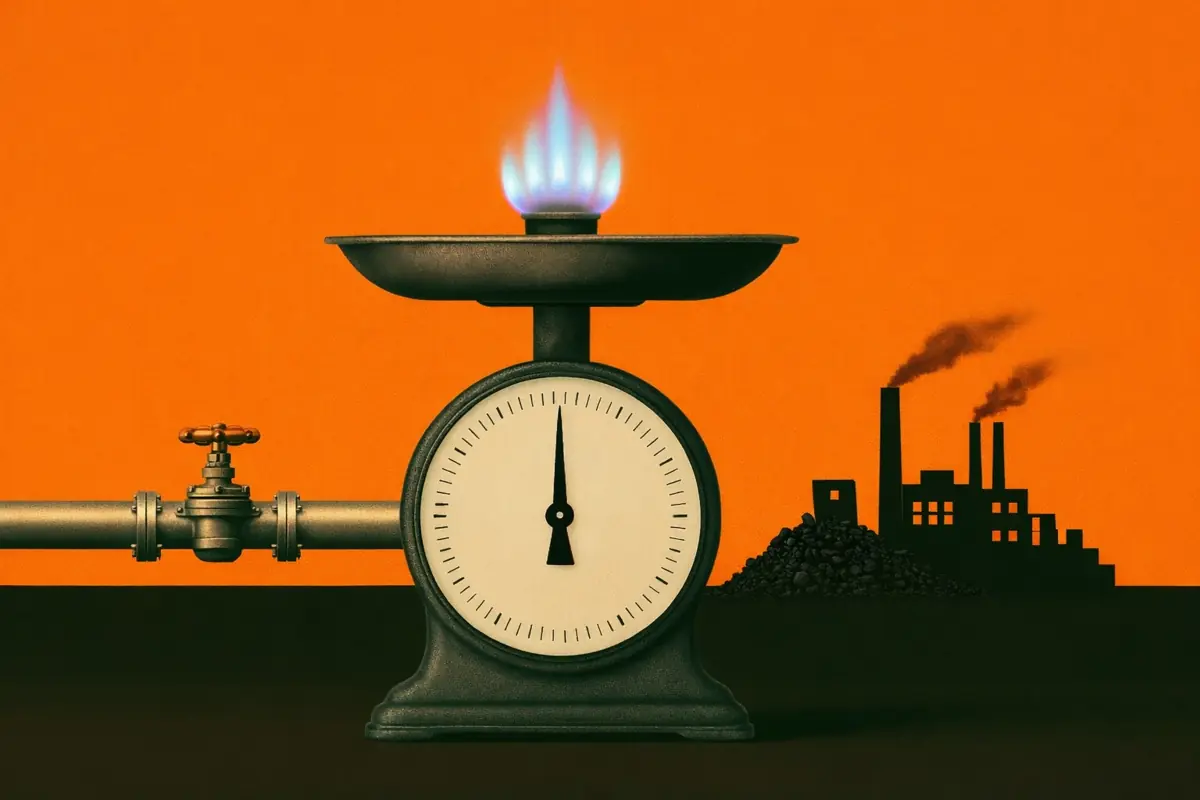Battery energy storage: revenues at an all time low in December 2023
Battery energy storage: revenues at an all time low in December 2023
Average battery energy storage revenue for Balancing Mechanism registered assets in December fell 16% to £2.5k/MW, the lowest since Modo Energy began tracking revenue in 2020. This is a result of frequency response revenues continuing to fall since the launch of the Enduring Auction Capability in early November.

- Assets over 1.5 hours in duration earned £3.3k/MW on average, while assets below 1.5 hours earned £2.1k/MW
- Non-BMUs outperformed the benchmark for a second straight month, averaging £2.8k/MW
- December revenue means batteries earned £51k/MW across the year in 2023, down 67% from 2022
So how did revenues in certain markets change in December?
All frequency response revenues fell, partially offset by increases in merchant revenues
Frequency response revenues dropped by 44% from November’s figure to £590/MW. This is the second consecutive month in which revenues have fallen over 40%. Batteries actually paid to perform Dynamic Regulation, with net revenue from the High and Low service dropping to -£250/MW, a £320/MW decrease from November.

Clearing prices fell in every frequency response service
Average frequency response clearing prices fell 22% across all services in December. Dynamic Regulation averaged £6.36/MW/h, its lowest price in 2023. Actual earnings for Balancing Mechanism-registered assets were far lower than this clearing price would suggest, as they mainly operate in the High service, which averaged -£4.19/MW/h.

With overall frequency response prices falling, operators turned to merchant markets to earn revenue.
Batteries are exporting more in wholesale markets
Low market volatility due to mild weather meant day-ahead wholesale spreads fell 14% to £66/MWh. Wholesale prices did fall to zero and even negative when wind generation was high, however the average maximum price on each day was 25% lower than in November.
Despite this fall in spreads, revenues increased by 6% in December to £1,464/MW. This was due to batteries exporting more power than ever onto the wholesale market, including energy imported from high-frequency Dynamic services.

Balancing Mechanism revenue doubled in December
Open Balancing Platform launched on December 12th. This introduced bulk dispatch functionality, allowing a greater number of instructions to be issued to batteries at any one time. However, technical issues meant the Control Room returned to legacy systems for dispatching batteries on December 15th. Bulk dispatch should be restarted for batteries in January.

Despite the issues, daily dispatches averaged almost 1 GWh, 50% higher than November’s figure. This is because of increased battery availability in the Balancing Mechanism due to lower frequency response prices and new capacity entering the market. The in-merit dispatch rate of batteries (the volume dispatched vs. the volume that was in merit and available) remained at 4% in December, which means this increase in volume was not a result of any shift in skip rates.
As a result of greater battery availability, alongside a record volume of Offers, Balancing Mechanism revenue doubled to £404/MW in December.
Merchant markets are beginning to dominate the revenue stack
Lower frequency response prices and increased wholesale and Balancing Mechanism activity meant over 75% of battery revenue came from merchant markets in December. This is the highest proportion of revenue ever from these markets, with the previous record being 55% in November 2023.

In December, a record 1.9 GW of battery capacity was uncontracted in frequency response. With more battery capacity coming online while frequency response requirements remain stable, this shift to a reliance on merchant revenues is likely to become the new norm.







